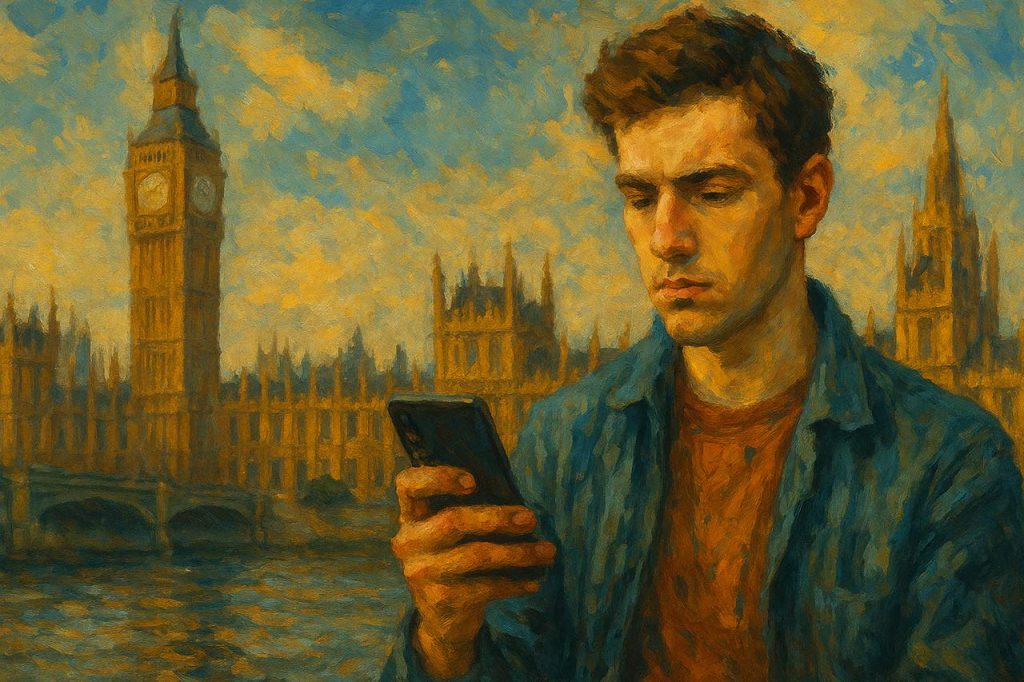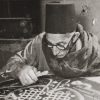Reimagining Representation in a Digital Age
In today’s Britain, a growing number of people scroll through TikTok more than they engage with televised debates. Social media influencers often command more trust than MPs. In such a landscape, a question once asked by actor Danny Dyer still reverberates: “Where are all the working-class politicians?”
It wasn’t just a soundbite. It was a piercing commentary on a political system that has steadily drifted away from the communities it claims to serve. Representation in modern politics has become increasingly narrow, shaped by elite educational institutions, internal party gatekeeping, and an unspoken etiquette of class performance. But in a world redefined by smartphones and decentralised platforms, that structure is no longer unchallengeable. Technology, in both its Web2 and Web3 iterations, is opening new avenues not just for civic engagement, but for leadership itself.
Political Influence No Longer Starts in Parliament
The traditional route into political power — party selection panels, expensive campaigning, elite networking — is losing ground to a more accessible model. Today, influence often begins with a smartphone and an internet connection. Take Niko Omilana, a YouTuber who ran for London Mayor in 2021. With no backing from major parties or mainstream media, he secured nearly 50,000 votes, drawing national attention and proving that personality, humour, and digital authenticity can rival traditional political machines. Or look to Max Fosh, who staged a satirical run for office and used it to dissect political systems with biting clarity, all on YouTube.
These aren’t isolated stunts. They are signals of a shift. Platforms like TikTok, Instagram, Twitch, and Discord — centralised as they may be — are reshaping how political capital is built. They privilege storytelling over soundbites, authenticity over polish. And most importantly, they allow those historically shut out of politics to build their own audience, on their own terms.
Sociologist Pierre Bourdieu’s concept of “cultural capital” — the idea that knowledge, taste, and mannerisms serve as social gatekeeping tools — finds a stark illustration in Westminster. But Web2 bypasses those codes. It allows political literacy and credibility to emerge organically from below. In this sense, creators who speak plainly about rent increases, food insecurity, and debt are not diluting politics — they’re rescuing it from abstraction.
Technology as a Platform for Verification, Not Just Performance
While Web2 provides visibility, Web3 brings structure and integrity to the conversation. Blockchain, often misunderstood as a crypto-only innovation, offers a means to embed transparency, accountability, and verifiability into political systems.
Imagine a world where every government contract is registered on a public ledger. A local council promises new youth centres? Funds are released only when verified community members upload cryptographic proof of delivery. An MP pledges to vote against NHS privatisation? Their record is automatically checked and logged by an open-source protocol. This vision is not utopian. In Estonia, blockchain underpins digital identity, tax filing, and public registries. In India, decentralised systems are being explored to track subsidies and land ownership. In Sierra Leone, blockchain-based voting trials have already begun. These examples show that transparency doesn’t need to be abstract, it can be designed into the very architecture of governance.
And let’s not forget zero-knowledge proofs (ZKPs). These are powerful tools in the blockchain arsenal that allow users to prove something is true without revealing the details behind it. A citizen could prove they meet the criteria for housing support without exposing their financial records. An election could allow secure, anonymous, and verifiable voting, even on a smartphone. As psychologist Daniel Kahneman has noted, systems that reduce cognitive load foster trust. If people can see, verify, and understand how decisions are made without legalese or bureaucratic fog, trust naturally follows.
Web2 Meets Web3: A New Public Sphere
Where Web2 excels is in amplification. It tells stories, builds followings, and turns individuals into movements. But while it amplifies voices, it lacks structural accountability. That’s where Web3 steps in by offering structure. With smart contracts, public ledgers, and decentralised systems, it lays down the rails for transparent governance that doesn’t rely on trust alone, but on verifiable proof.
The future, then, lies in a synthesis. Imagine a leader who builds their platform on TikTok, using short-form content to explain housing policy or climate action. Their campaign is funded via peer-to-peer microdonations on a blockchain. Every promise they make is coded into a smart contract, visible and trackable by the public. Their decisions are debated not in private rooms but in open forums governed by DAO-like structures that allow constituents to vote on key issues.
This model redefines political legitimacy. It’s no longer about party loyalty or media spin. It’s about proof, performance, and participation — all in real time.
Inclusion Must Be Engineered, Not Assumed
Despite this potential, a sobering reality remains: not everyone has the skills, access, or confidence to participate in a tech-first democracy. According to Ofcom, over 11 million adults in the UK still lack basic digital literacy. These are not just outliers, they are often the very individuals whose voices most need amplification.
This isn’t just a digital gap. It’s a democratic one. If the next wave of politics is to be truly inclusive, then digital infrastructure must be paired with community-based design, accessible interfaces, and education that treats tech not as a luxury, but as a right.
Drawing on Paulo Freire’s philosophy of “critical pedagogy,” we must empower individuals not just to consume digital tools, but to shape them — to code, to question, to build. Democracy in the digital age must be something people do, not just something done to them.
The Prime Minister of Tomorrow
So, who is the future working-class Prime Minister?
They may never have set foot in the Oxford Union or never have gone to university. They may stream from a kitchen in Doncaster, post housing reform explainers in under 60 seconds, and moderate comments from shift workers during late-night livestreams. Their ideas will be co-authored in digital forums. Their campaign posters? NFTs issued for transparency, not speculation.
Their leadership won’t emerge through favour or fortune but through code, credibility, and community. They’ll be judged not on eloquence, but on impact. They’ll rise not through corridors of power, but through networks of proof.
They will not need to ask permission.
Rewiring the Social Contract
In the end, democracy’s most sacred promise is that anyone can lead. But in practice, that promise has been diluted, filtered through class, schooling, and spectacle.
Digital technologies, if harnessed thoughtfully, offer a chance to reset that contract. They won’t fix everything. But they might just make visible what was once hidden, hold power to its word, and create a new path for leadership, one that flows not from privilege, but from proximity to the truth.
We don’t need more charisma. We need more accountability. And the next great political leader may not be a polished orator but a working-class citizen with a phone, a following, and a fierce belief that democracy can still be claimed from the bottom up.
By Pritish Beesooa, Head of Blockchain and Web3 Development











